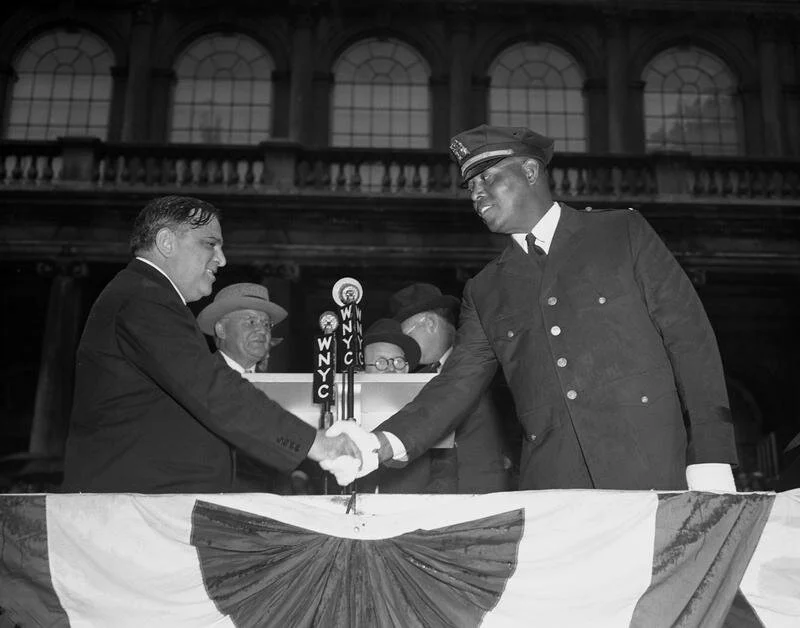Great Grandma Barrett was a Shining Woman: Reflections on the Radium Girls and Industrial Disease
By Erin Elizabeth Becker
“The great wonders of the world are sometimes listed as the telephone, wireless telegraphy, radium, spectrum analysis, the airplane, anesthetics, and antitoxins and X rays”
- The Long Island Traveler, November 13, 1925
On February 27, 1905, Marion Murdoch O’Hara was born in New York City, the daughter of two immigrants. Her father, George P. O’Hara, had immigrated to the United States from Liverpool and found work in New York City as a janitor. Her mother, Marion Dunlop, was a housewife from Scotland. Growing up in New York City, the younger Marion lived with her parents and two sisters. At age seventeen, she married Aiden J. Barrett, a twenty-three-year-old immigrant from Newfoundland in Rutherford, New Jersey. “Great Grandma Barrett was a dancer in New York City,” family stories go, “and- before he met her- Great Grandpa Barrett was studying to be a Catholic priest!” The couple would go on to have nine children together- Rosemary, Marion, Florence, George, William, John, Patricia, Robert, and Alice. They lived in Mt Vernon, New York for a time, but by 1925, they had settled in the Bronx.
Read More








